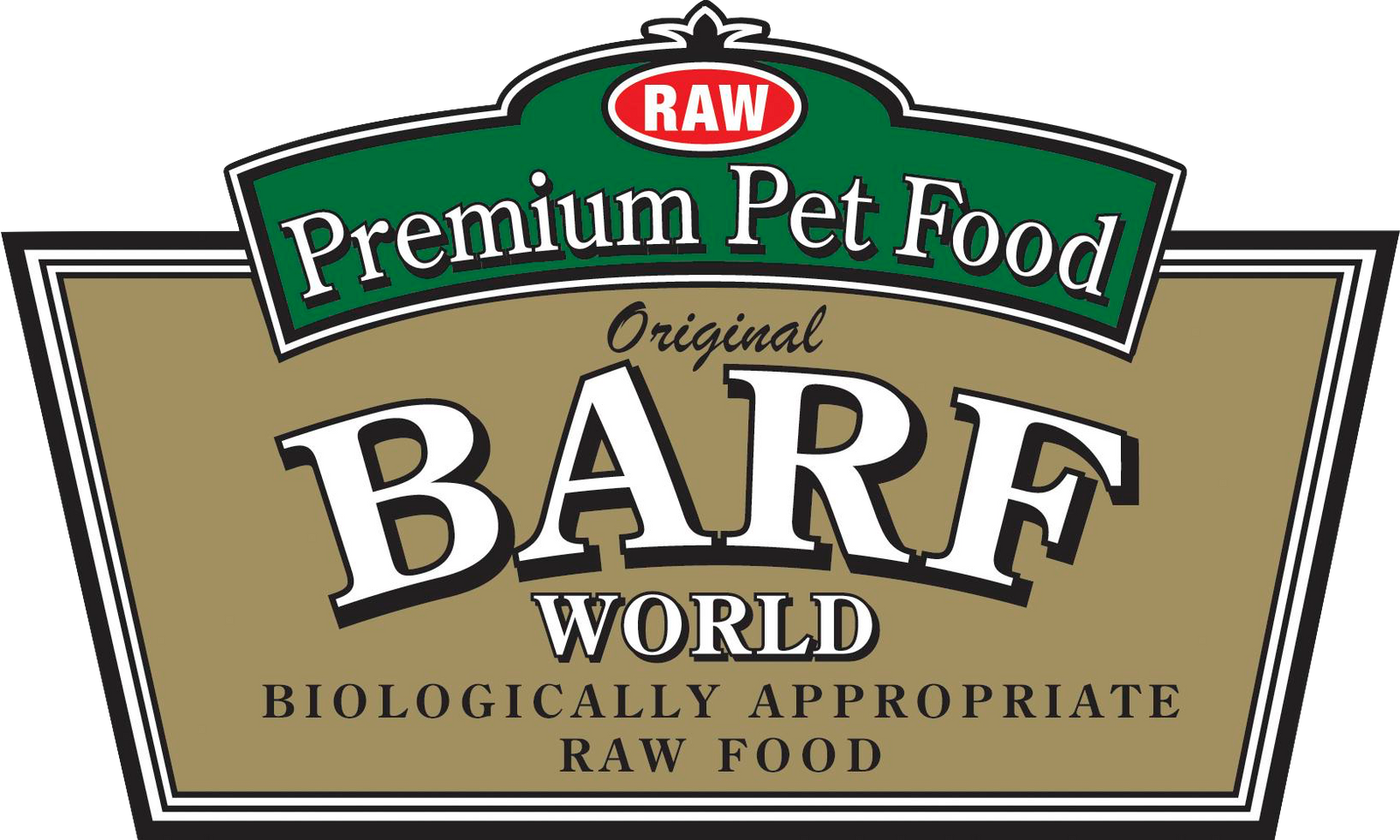While the most common cause of neck injuries is restraint, some dogs suffer trauma during athletic performance or rough play with their canine friends. Dogs with a strong play or prey drive may successfully suppress signs of a problem at the time of the trauma, but later adapt their posture and gait to compensate for the pain or dysfunction. Their restriction in movement or gaiting can become exacerbated over time, or only revealed in extreme athletic challenges. Meanwhile, compensatory posture can cause overload damage in joints that are inappropriately bearing excessive weight.
Juvenile intervention
Some dogs are never quite right from earliest life because of injuries during whelping. The most common example is a very large first-born puppy that causes even a mild dystocia or birthing delay, especially in a primiparous or “maiden” bitch. The pressure on the pup’s neck can be more than enough to damage its neck or overly compress its skull. This is the puppy that is the biggest in the litter, but the last to open its eyes, walk, run, and always seems a little dopey and uncoordinated. Some puppies can be injured post-birth with large litters, poorly designed whelping boxes or inexperienced bitches. Many of these dogs can be helped with an early juvenile intervention.
The meaning of pain
We humans give a great deal of meaning to pain, and have a thriving pharmaceutical industry devoted to pain avoidance. For animals, mild to moderate pain is a physiologic signal that the painful area is damaged and needs to rest and heal. Except under extreme circumstances, it is not possible to completely avoid moving one’s neck during normal life processes. If it is not possible to avoid using the damaged tissue, healing will be delayed, because both normal wear and tear and the injured parts will need to be repaired. Neutral posture and proper compensation for pain are designed to be the best way to heal. So, there are times when giving your dog pain medication for a limp can cause more harm than good—if you make the pain go away, he will use the leg more and delay healing. It is imperative that the cause of the pain be treated (not just the symptom), and that normal posture be restored. Judicious use of pain control is appropriate.
Neck injuries and distorted nerve signals from that area can often be treated effectively with manipulative therapy. By restoring full range of motion, and resetting joint capsule position and receptor function, correct neurologic communication about the dog’s head position and support relative to the ground can be re-established. The body puts such a high priority on keeping the brain and brainstem safe that other parts may suffer to accommodate it. It can be surprising how much lameness that appears to be in the hind end is “fixable” with neck treatment only!! The biggest reason for this counter-intuitive outcome, is that the hind end lamenesses are usually secondary to abnormal postural balance from the neck, feet or teeth. When you correct that balance, and allow the body to stop overloading the dog’s hind end joints, they finally can heal. In our next segment, we will discuss the correct balance of stance in quadrupeds, and how toenails can change it!
About the Authors
Dr. Judith M. Shoemaker, DVM is an international instructor and consultant in complementary veterinary therapies. She is a certified veterinary acupuncturist by IVAS (International Veterinary Acupuncture Society) and AAVA (American Academy of Veterinary Acupuncture) and is certified by AVCA (American Veterinary Chiropractic Association) of which she was a charter/founding member. Dr. Shoemaker conducts a complementary medicine mixed practice with a focus on sports medicine, acupuncture, chiropractic, farriery, dentistry, and adjunctive therapies for difficult conditions. Her patients include top-level competitors of many disciplines and wonderful companions as well. More information at www.judithshoemaker.com .
Dr. Karen Gellman, DVM, PhD is a graduate of Cornell College of Veterinary Medicine, and has a doctorate from Cornell in animal locomotion biomechanics. She has advanced training and certification in veterinary acupuncture and veterinary chiropractic. She teaches internationally about posture, locomotion biomechanics and complementary therapies to veterinarians and physical therapists. She maintains two veterinary practices limited to complementary therapies: www.equinesportsmed.com , and www.ithacapetwellness.com .
Dr. Karen Gellman (along with Dr. Judith M. Shoemaker and Elizabeth Reese, CTAT ), teaches about posture to veterinarians and animal health care professionals from around the world in the Postural Rehabilitation training program. Learn more at PosturalRehabVets.com , or like our FB page “Postural Rehabilitation for horses and dogs”.




